Autologous
Cartilage
Rhinoplasty
“What Is Autologous Cartilage Rhinoplasty?”
Autologous Cartilage nose surgery uses autologous tissues and cartilages such as rib cartilage, septal cartilage, ear cartilage, fascia, and dermis harvested from our body that can be solely used without foreign implants or combined with foreign implants depending on the surgery method. One of the advantages of this surgery is that the Autologous Cartilage Rhinoplasty builds the safest and finest surgery result compared to foreign implants rhinoplasty. These autologous materials lower the risk of inflammation, prevent the risk of implant warping, skin redness, and skin thinning, and create a stable structure which leads to a natural result.
Doctor’s Message
“For the nose bridge, silicone implants can be used partially with the autologous cartilage. However, it is significant that the autologous cartilage must be avoided to use in the nose tip to create a strong and to prevent the side effects. Silicone implants should not be used for the nose tip because it is not capable of building a fundamental structure, thus causing an unnatural result and potential side effects. Therefore, autologous cartilages play an important role building a nose structure in rhinoplasty.”
There are various autologous tissues and cartilages in our body that can be used for the rhinoplasty material. They are natural materials freshly harvested from our body and aesthetically refined in a specific shape customized for the rhinoplasty. Our VIP doctors believe that a natural and safe result is the utmost important factor in plastic surgery. Autologous cartilage not only guarantees the safety but also allows doctors to create a stable structure ultimately establishing a premium rhinoplasty. These autologous materials can be solely used without any foreign implants or partially combined with the foreign implant.
Nonetheless, the silicone implant has been the longest foreign implant over centuries that was medically utilized and is approved to be safe in the human body. Under the condition that an experienced and skillful doctor performs the rhinoplasty, partial usage of silicone implant certainly creates a safe and satisfying result.
While the silicone implant can be partially used for the nose bridge, the autologous cartilage must be combined together to achieve a premium quality rhinoplasty. First, multiple pieces of autologous cartilages (septal and rib cartilage) will be carved according to the patient’s needs. These autologous cartilage pieces are used to fundamentally create a strong nose structure that could maintain its shape throughout the time.
Furthermore, fascia and dermis are additionally used to protect a sensitive skin or thin skin when performing the rhinoplasty.
Ultimately, finding a highly skilled and experienced doctor is the utmost important factor to increase the success in rhinoplasty. Harvesting the septal and rib cartilage safely is certainly not a simple process. Therefore, some of the doctors may choose to use a donor rib cartilage instead of your own fresh rib cartilage. Every doctor has different surgery techniques in performing the rhinoplasty. To maximize your success, find out what surgery methods your doctor will perform and discuss what material would be mostly appropriate for you.
Operation Information
- Surgery Time : Varies
- Anesthesia Type : IV Sedation or General Anesthesia
- Hospitalization : 0-1 Day
- Stitch Removal : 7-10 Days
- Recovery Time : 1-2 Weeks
4 Types of Autologous Cartilage & Tissue
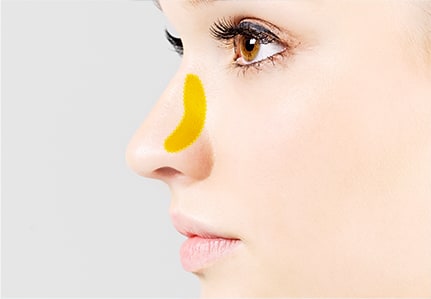
- Harvest from inside the ears
- Act as a supplement material, not the main rhinoplasty material
- Must use with other autologous cartilage or foreign implants for the rhinoplasty
- Utilized to cover the silicone at the nasal tip
- Limited to design the nose structure
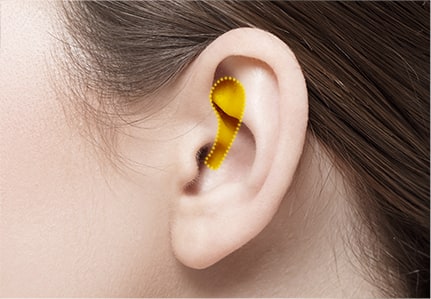
- Harvest from inside the nose
- Used to revise the nose structure
- Used to improve septal deviation
- Can be used for glabella or nose bridge (limited)
- May be limited amount to design the nose structure
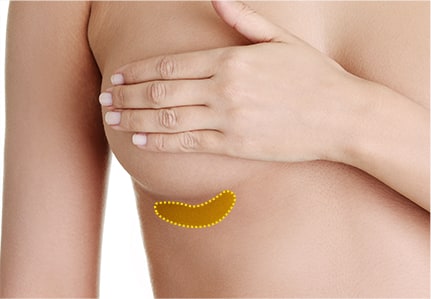
- 100% natural autologous rhinoplasty. Zero foreign implants used.
- May be combined with a silicone implant.
- Harvest from near the ribs (Not bones, it is a cartilage!)
- Sufficient amount to fully design a nose structure, basement, bridge, and tip.
- Strongly support the structure and prevent the collapse.
- Rib incision line (2-3cm) becomes invisible as time goes by.
- Recommended for low nose, short nose, and revision rhinoplasty.
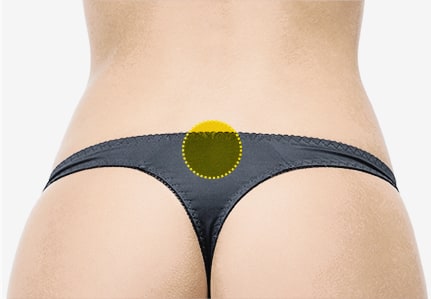
- Mainly used to cover and protect the sensitive and thin skin.
- Creates a natural result.
- Dermis is harvested from the hip.
- Mainly combined with autologous cartilages or silicone implants.
Autologous Cartilage Rhinoplasty Surgery Methods
The ear cartilage is also used when there is not enough septal cartilage, taking the advantage of its anatomical figure. It is used for crooked nose and for augmenting the overall nose, covered by fascia.
As the ear cartilage is curved, it is not suitable for the strut to support the nasal tip and used mainly for graft in the nasal tip to strengthen the tip.
Simple Rhinoplasty – Combination of septal, ear cartilage, and silicone implant
If the grafted cartilage is not enough, the shape of the nasal tip cannot form well and will not maintain for a longtime. When there is less cartilage compared to the amount of nasal bone, the amount of cartilage that can be grafted is less. In such case, it is necessary to extract the cartilage with the back part of the nasal bone, which requires a highly experienced technique
When the only little amount is necessary, the nasal septal cartilage is the best material. With the width of 1-2mm, this flat cartilage can bear considerable weight and is suitable for the strut to reinforce the columella and for other various structures.
However, the extraction of the septal cartilage requires a know-how. Lack of knowledge or experience can cause several problems because there are structural safety and limitation in obtaining a desired result with the inadequate amount. Therefore, as the proper nose surgery requires an extremely skillful technique, it is important to select the clinic that is widely experienced with a know-how.
Read More About Septal Deviation Rhinoplasty
Rib Cartilage Rhinoplasty
What Is the Best Rhinoplasty for Me?
Simple Rhinoplasty
- People who have low and short nose
- People who need revision (secondary) rhinoplasty
- People who want 100% autologous tissues (your own tissues)
- People who want a safe and natural result
Before & after
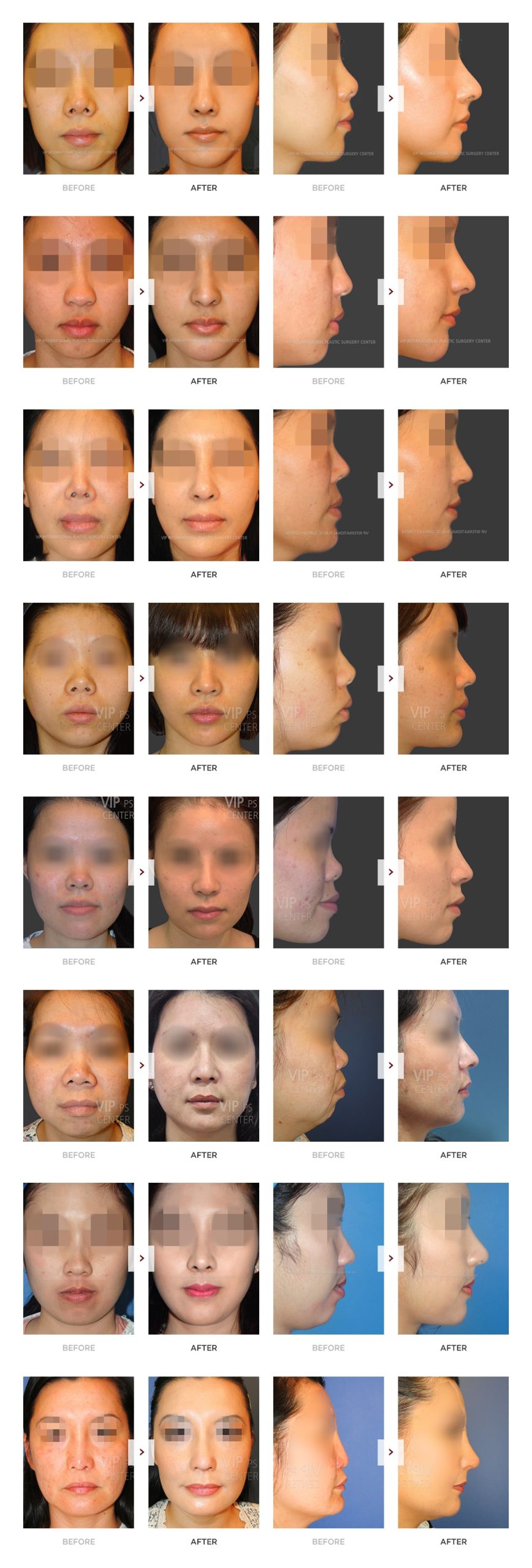
* Side effects such as inflammation after the surgery may vary by each individuals and may require appropriate treatments. Please check the guideline with the doctor.
Ideal Candidates for the Autologous Cartilage Rhinoplasty
Autologous Cartilage Rhinoplasty Surgery Point
Related Surgeries
Contact Us
If you would like to receive VIP doctor’s comments regarding your interested treatment or surgeries, feel free to contact us via mobile messenger app. Please let us know your interested areas with clear photos (front and side) for a free online consultation. Your photos will be privately used for consultation purposes only.
Available via WhatsApp

